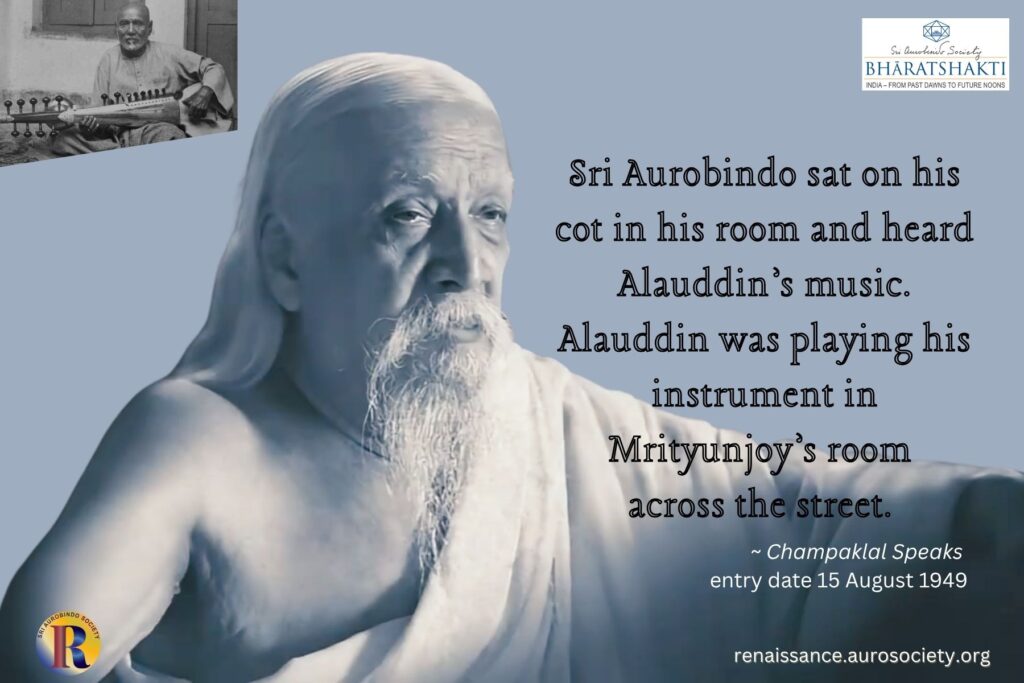A Conversation on Nāṭyaśāstra & Contemporary Indian Society (Video)
Watch the recording of a conversation which explores the contemporary relevance of Natyashastra, a foundational text of Indian Aesthetic tradition.
A Conversation on Nāṭyaśāstra & Contemporary Indian Society (Video) Read More »









